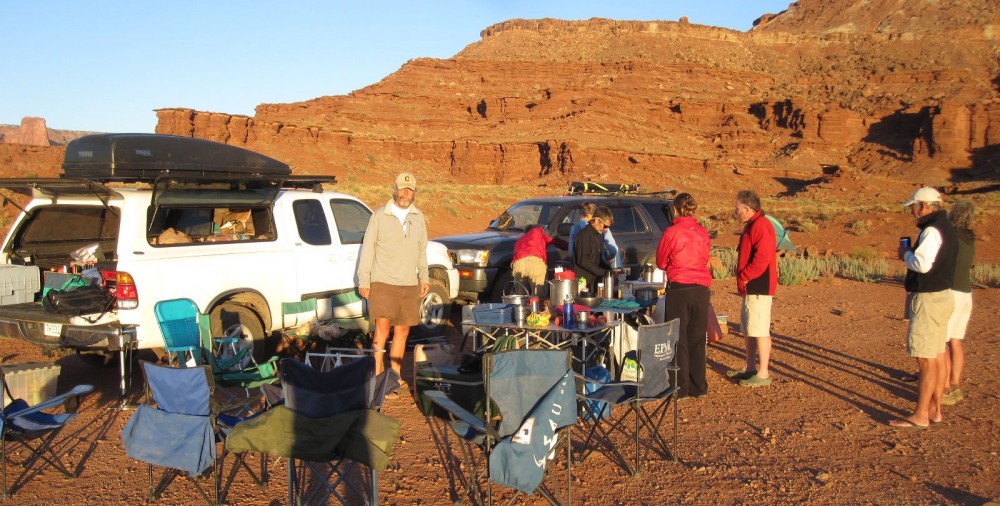Last year on the Haute Route the grandest hotel was the Weisshorn Hotel, of which we wrote effusively. The Rosenlaui Hotel was built about 150 years earlier and has been added onto once a century since without losing any historic authencity. For example, the second floor of each adjoining addition is one long series of salons, parlors, banquet hall, library and living rooms each bedecked with period furnishings, lighting and antiques still in service.

Our room is a suite in the original building on the fourth floor with chaise longue, marble topped dressers and wash basin stand with pitcher and towels. Having just read the best seller, The Goldfinch, whose descriptive narrative details period Persian rugs to coffered oak ceilings, I won’t begin to venture guesses on the provenance of our furnishings. Let’s just say it’s the first time I’ve felt comfortable living in a museum.


And speaking of museums, we took another lay day and visited a 300-acre historical village of Swiss homes, huts and heritage assembled at a place called Ballenberg. Stanna visited it a couple years back with the ladies’ Swiss hiking tour and wanted to ensure I got to see it as well. Not sure when this project began, probably less than twenty-five years ago. Preservationists have taken all sorts of historic examples of real authentic buildings, no matter the size or complexity, and disassembled them insitu and transported them to the Ballenberg hillside setting outside Brienz, where they totally reconstructed them as they were, gardens and all.

Not sure all the interiors are intact, but they’ve managed to teleport the furnishings, clothing, tools, animals, herbs and culture along with the structures. Various 21st century craftspeople populate various trades, from rope making (a 100′ narrow shed), cheese making, homeopathic medicine (including working gardens of all those contemporary herbs), saddle and harness making and on and on.

We have hiked thru alps, villages and towns where we see all these buildings and Monday we got to look inside to see what it was like to live in them. The first thing that stands out is the massive stoves most of the houses have; from as early as 1500 they were cooking in a central hall or kitchen room on a variety of wood fired cooking spots and each of these stove spots connected directly to a massive tiled box in the living quarters. Here they hung their clothes to dry above the heat source and dried their boots beneath it.

What surprised us further was that many of these homes, which often times shared walls with their livestock, were actually duplexes: two-family homes where the central hall/kitchen area was common and each family would have their living quarters on opposite sides. Ballenberg had homes and farmhouses from all the regions of Switzerland, thru most of the centuries back to the 1300’s, as well as those huts and houses which a farmer would utilize from the valley to mid alp and on to the summer residence high up the alp where they kept the herds and made cheese in the highest alps.

Of the trades that they featured, the pharmacist was most interesting because they showed several examples of farms that raised and processed all manner of drugs, potions and remedies, along with the grinders, presses, torts and distilleries. Not to mention the extensive gardens currently in production with all the herbs, plants and roots that constitute the raw materials. Also there was an entire hat makers home: transported walls, roof, stairways, from attic to basement with all the gear, machines, jigs, forms necessary to fabricate hats ranging from straw to felt.


As with all our “days off” it was a ” busman’s holiday” because we walked for five hours around, up and down thru all these grounds, structures, gardens and pens. A great fun diversion only a bus ride down the mountain, a train ride to the next town and a bus ride out to the encampment. Actually it’s really fun to zip around a country on public transportation that runs like clockwork meshing bus and train schedules with very little standing around or inconvenience, because they all connect with each other.

Striking as the day was, learning about how the Swiss people have lived thru the past millennium, it was even more interesting to come back to our own accommodations and realize we are staying in a 380 year-old working 48 room hotel that was every bit the museum we’d just been visiting.





































































